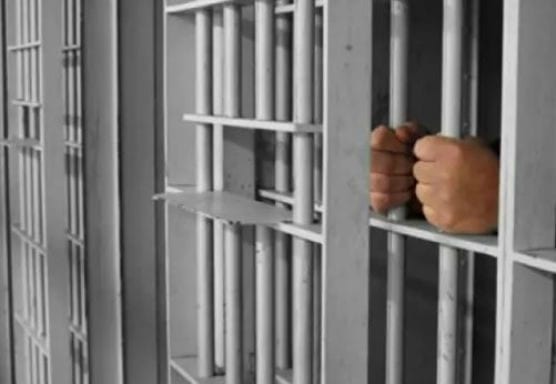By Nathan Solis
SACRAMENTO – While California lawmakers have embraced prison reform and rehabilitation programs over the last several years to address overcrowding, a sobering report from the state auditor Thursday found results have been lackluster.
The extensive report found inmates are not being placed in the correct rehabilitation programs, leaving them unprepared for when they leave prison. Corrections officials need more oversight to measure how those programs are being used and what can be done so the state can get more bang for its buck, the auditor found.
Starting in 2011, California reduced the state prison population with policy changes through the Legislature and voter-approved initiatives, including placing low-level offenders in county jails, reducing prison sentences under the existing “three strikes” law and allowing people convicted of nonviolent crimes to apply for reduced sentences.
All these changes in the state’s criminal justice system have been contingent on a prison population undergoing behavioral therapy and other rehabilitation programs. But that has not been proven effective, State Auditor Elaine Howle said, finding the California Department of Corrections and Rehabilitation did not meet any of the rehabilitation needs for 62 percent of inmates released during the 2017-2018 fiscal years.
While staffing shortages may be part of the reason for the prison failures, blame should be placed on inefficient rehabilitation programs that have not kept up with changes in the law, inmates being placed in the wrong programs or no programming at all according to the audit.
The state’s recidivism rate – the number of inmates who commit a crime within two years of release from prison – has not budged over the last several years despite the battery of laws adopted in the name of criminal justice reform.
In a letter addressed to Governor Gavin Newsom and lawmakers, Howle wrote: “Because the Legislature provided corrections with a significant budget increase so that it could expand rehabilitation programs to all prisons in the state, it is vital that corrections demonstrate that the additional investment was worthwhile.”
The state’s rehabilitation budget went from $64 million in 2013 to about $300 million in 2018.
In a statement, CDCR press secretary Vicky Waters said rehabilitation will continue to be a top priority to make sure inmates get the skills and education they need to transition back to their communities.
“We take the state auditor’s findings seriously and have already implemented, or are in the process of implementing, most of the recommendations,” Waters said in an email, noting data used in the audit predates an expansion of rehabilitation programming and new means to assess the effectiveness of those programs.
Prison populations in the Golden State peaked in 2006 to nearly 163,000 and after prison realignment, the population leveled out at 111,000 in 2015, according to a report by the Public Policy Institute of California.
In his preliminary budget, Newsom has proposed removing oversight of the state’s juvenile justice division from the corrections department in a push for rehabilitation that links education, mental health and social services for young offenders and to steer them away from the prison system.
Like this:
Like Loading...
Related





 Tweet This
Tweet This Facebook
Facebook Digg This
Digg This Bookmark
Bookmark Stumble
Stumble RSS
RSS


























REAL NAMES ONLY: All posters must use their real individual or business name. This applies equally to Twitter account holders who use a nickname.
0 Comments
You can be the first one to leave a comment.